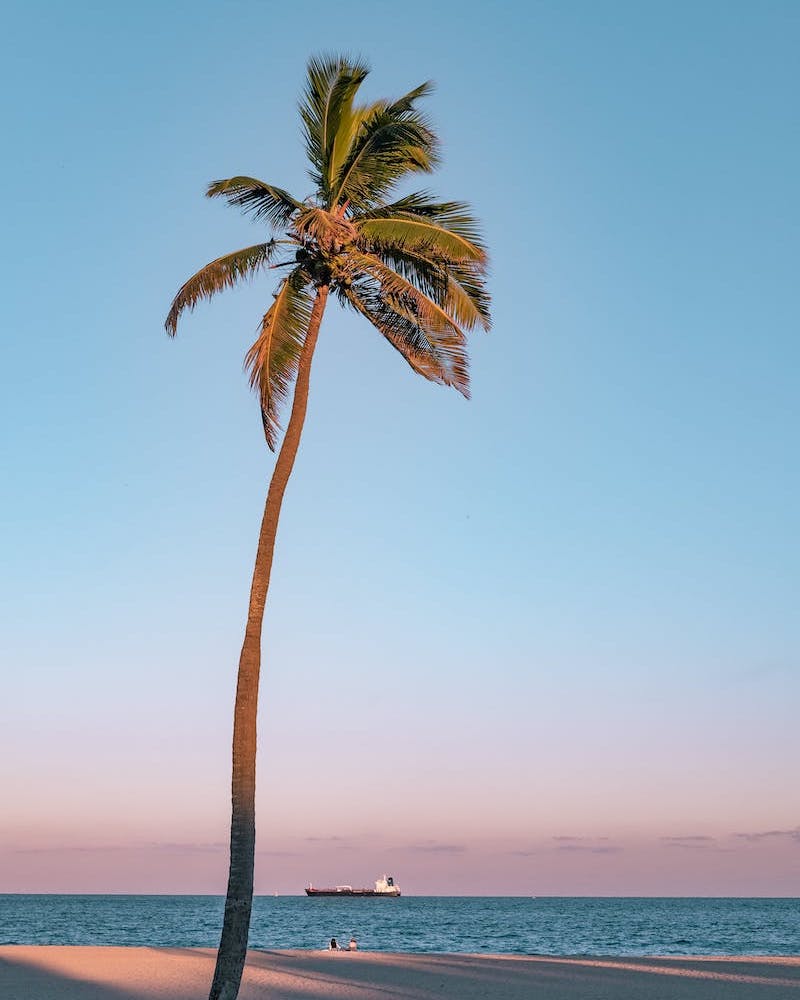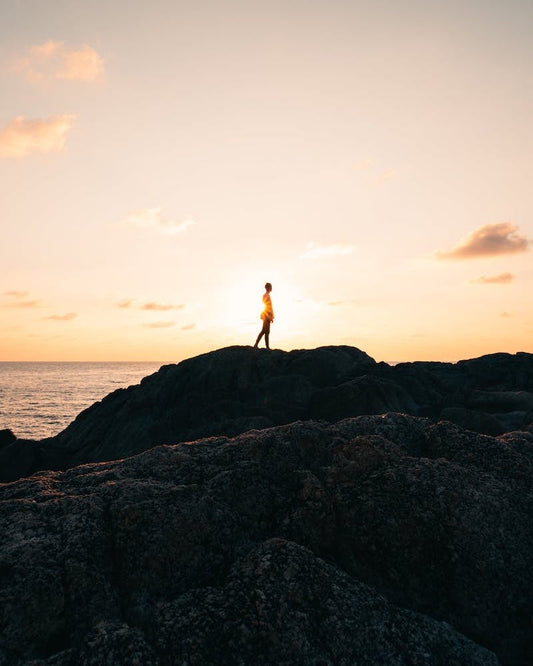Koh Samui, like many other tourist destinations, experiences distinct high and low seasons. The specific timing can vary slightly from year to year, but here's a general overview:
High Season (Peak Season):
- December to February: This is the most popular time to visit Koh Samui. The weather is generally pleasant, with mild temperatures and low rainfall. The holiday season, including Christmas and New Year, is particularly busy. Expect higher prices for accommodation and more crowded tourist areas.
Shoulder Season:
- March to June: The period between high and low seasons is considered the shoulder season. While the weather can still be quite pleasant, with some occasional rain, it's less crowded than the peak season, and you may find better deals on accommodations and activities.
Low Season:
- July to September: The low season in Koh Samui coincides with the monsoon season. This period can be quite rainy, with occasional heavy downpours and thunderstorms. The humidity is high, and there's a higher chance of tropical storms. Beach activities and water sports may be limited during this time.
Shoulder Season:
- October to November: The shoulder season begins as the monsoon season starts to subside. Rainfall decreases, and the weather becomes more pleasant. Prices are still relatively low, and it's a good time for budget travelers.
It's important to note that the exact timing of the seasons can vary from year to year, and Koh Samui's weather can sometimes be unpredictable. The monsoon season, in particular, can vary in intensity and duration. If you prefer dry and comfortable weather, the high season is the best time to visit. However, if you're looking for budget-friendly options and don't mind occasional rain, the shoulder and low seasons can offer more affordable travel experiences with fewer crowds.




